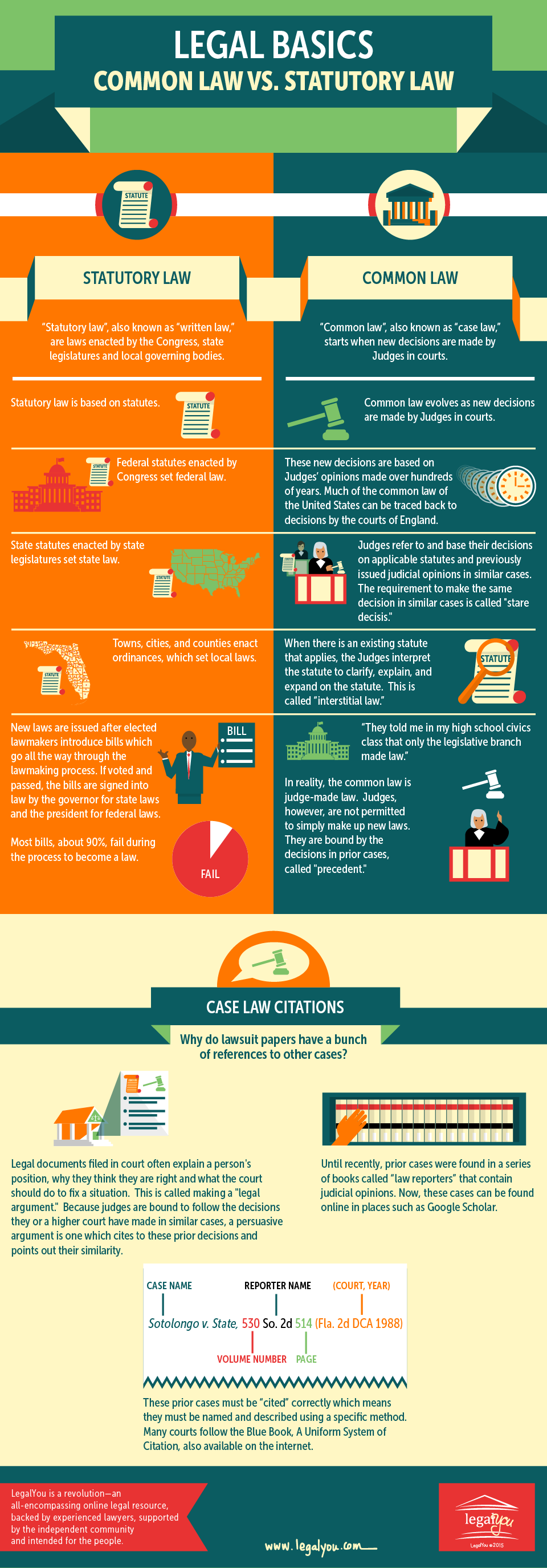Understanding The Refine: A Normal Divorce Case Timeline
Understanding The Refine: A Normal Divorce Case Timeline
Blog Article
Created By-Viborg Kromann
As you start the journey of navigating a divorce situation, you might find yourself questioning the timeline that exists in advance. From the initial stages of submitting records to the complexities of negotiation and the possibility for a trial, each action holds its own collection of challenges and uncertainties. Understanding the series of events can assist you prepare for what's to come and expect the weaves that may develop along the way.
Preliminary Declaring and Solution of Records
When beginning the separation process, the first step is the preliminary declaring of the required documents with the court. child custody lawyer starts the legal treatment and sets the separation instance moving. You should send forms that outline the premises for divorce, possessions, liabilities, earnings, expenditures, and any other pertinent information required by the court.
After submitting these documents, copies have to be served to your spouse, informing them of the separation process. This solution can be done via a process-server, sheriff's office, or qualified mail, ensuring that your spouse is officially informed of the divorce instance against them.
When the records are submitted and offered, the court will supply a case number and designate a court to oversee the situation. It's critical to accurately finish and file these records, as any type of errors or omissions can delay the separation process.
This preliminary action lays the structure for the lawful dissolution of your marriage, noting the start of a potentially difficult but needed procedure.
Discovery and Settlement Phase
During the Exploration and Arrangement Phase of a divorce case, both celebrations participate in collecting details and trading relevant records to better recognize each other's monetary scenarios and various other significant details. This phase is essential as it sets the foundation for negotiations and potential negotiation contracts. Via techniques such as interrogatories, requests for production of documents, and depositions, each party aims to reveal truths, properties, debts, and other necessary details that may impact the situation's outcome.
Settlements throughout this stage frequently involve conversations on different problems like property department, child custody, visitation routines, and financial backing. Both events might collaborate with their attorneys to discover negotiation alternatives, possibly avoiding the need for a trial.
Arbitration or collaborative law processes might also be used to help with efficient conversations and reach mutually acceptable arrangements. It's important to approach this stage with transparency, sincerity, and a determination to jeopardize to achieve a smoother resolution and decrease the emotional and monetary toll of a lengthy court battle.
Test and Final Resolution
Moving on from the Exploration and Arrangement Stage, the Trial and Final Resolution phase marks the conclusion of your separation instance. This stage is where unresolved issues are brought before a judge to make decisions on matters like property department, youngster custodianship, and support. https://www.hollandsentinel.com/story/news/local/2022/04/19/west-michigan-native-chosen-ottawa-countys-new-public-defender/7354374001/ includes providing proof, witness testaments, and lawful disagreements to support your case.
During the trial, both parties will have the possibility to present their positions and counterarguments. It's vital to be prepared, as the court's decision will substantially influence the last outcome of your divorce.
Following the trial, the court will certainly issue a final judgment that outlines the regards to the separation, including any kind of monetary negotiations and custody arrangements.
As soon as the judgment is issued, the separation is settled, and both parties are legally bound by its terms. While the trial phase can be stressful and emotional, it's a necessary step towards getting to a final resolution and moving on with your life post-divorce.
Conclusion
To conclude, navigating a divorce case entails a collection of actions from filing preliminary files to getting to a final resolution. Understanding the timeline of events can aid you plan for what to expect throughout the process. By being proactive, looking for legal assistance, and remaining educated, you can browse the intricacies of separation process with self-confidence and quality.
